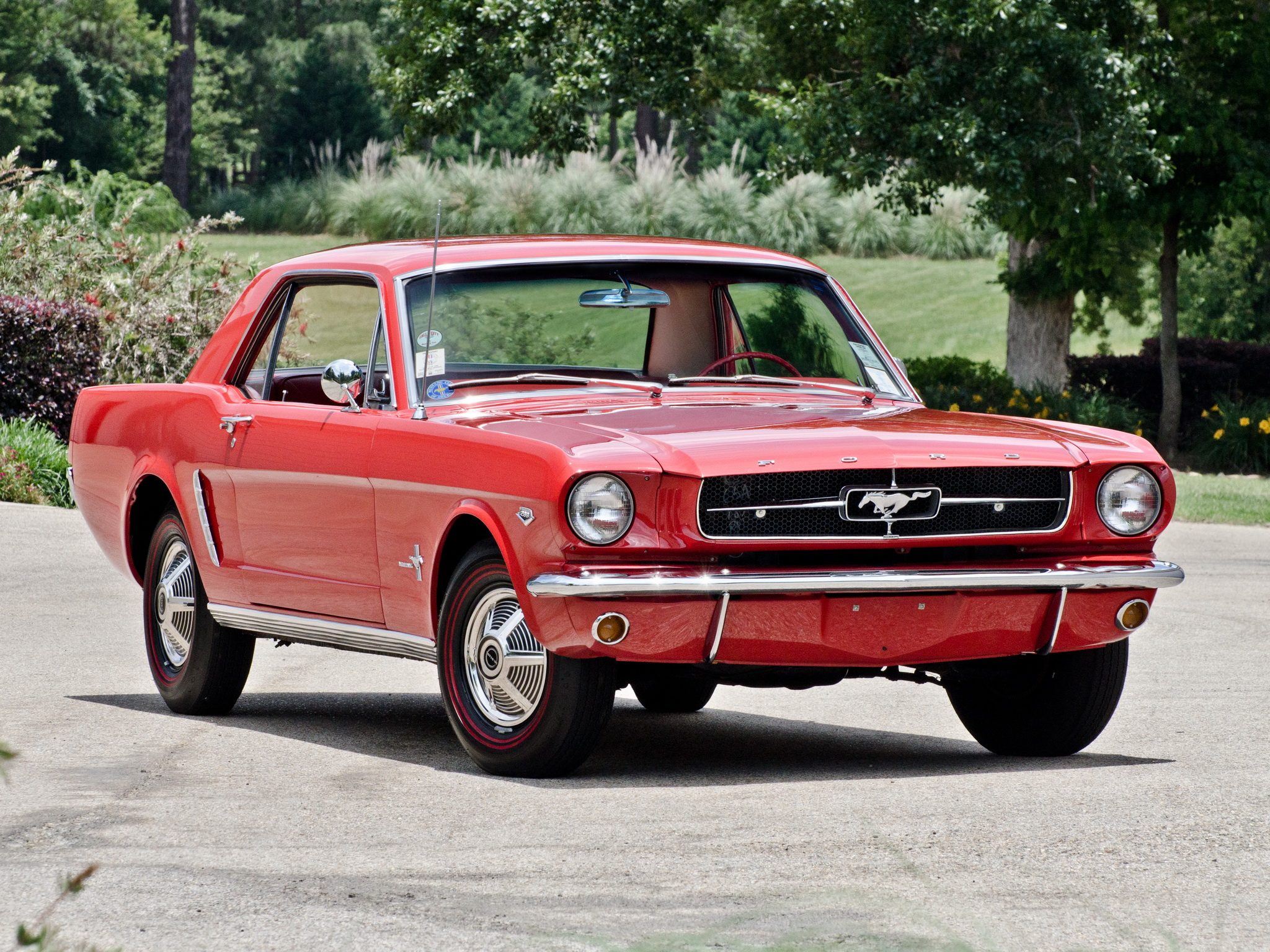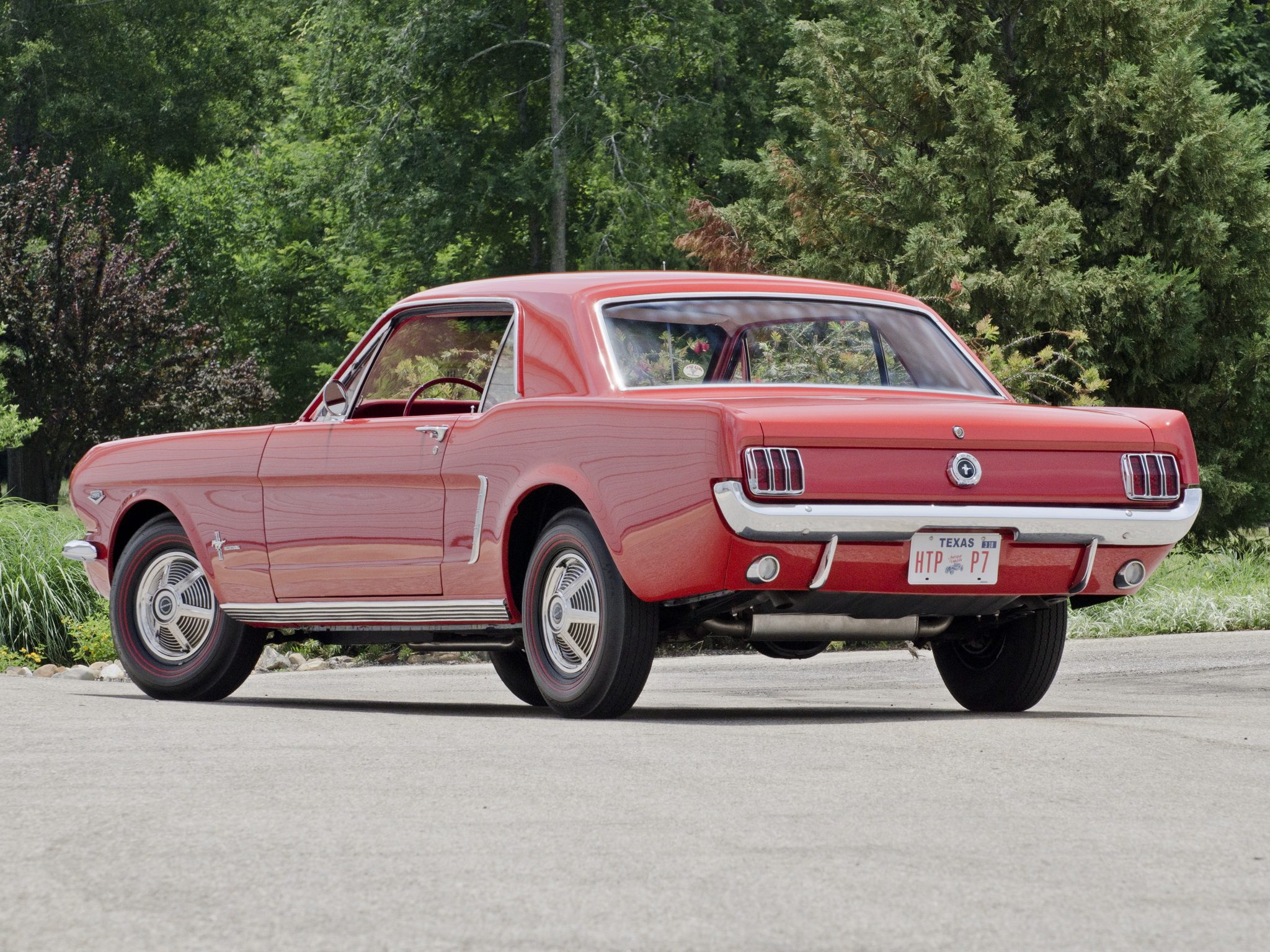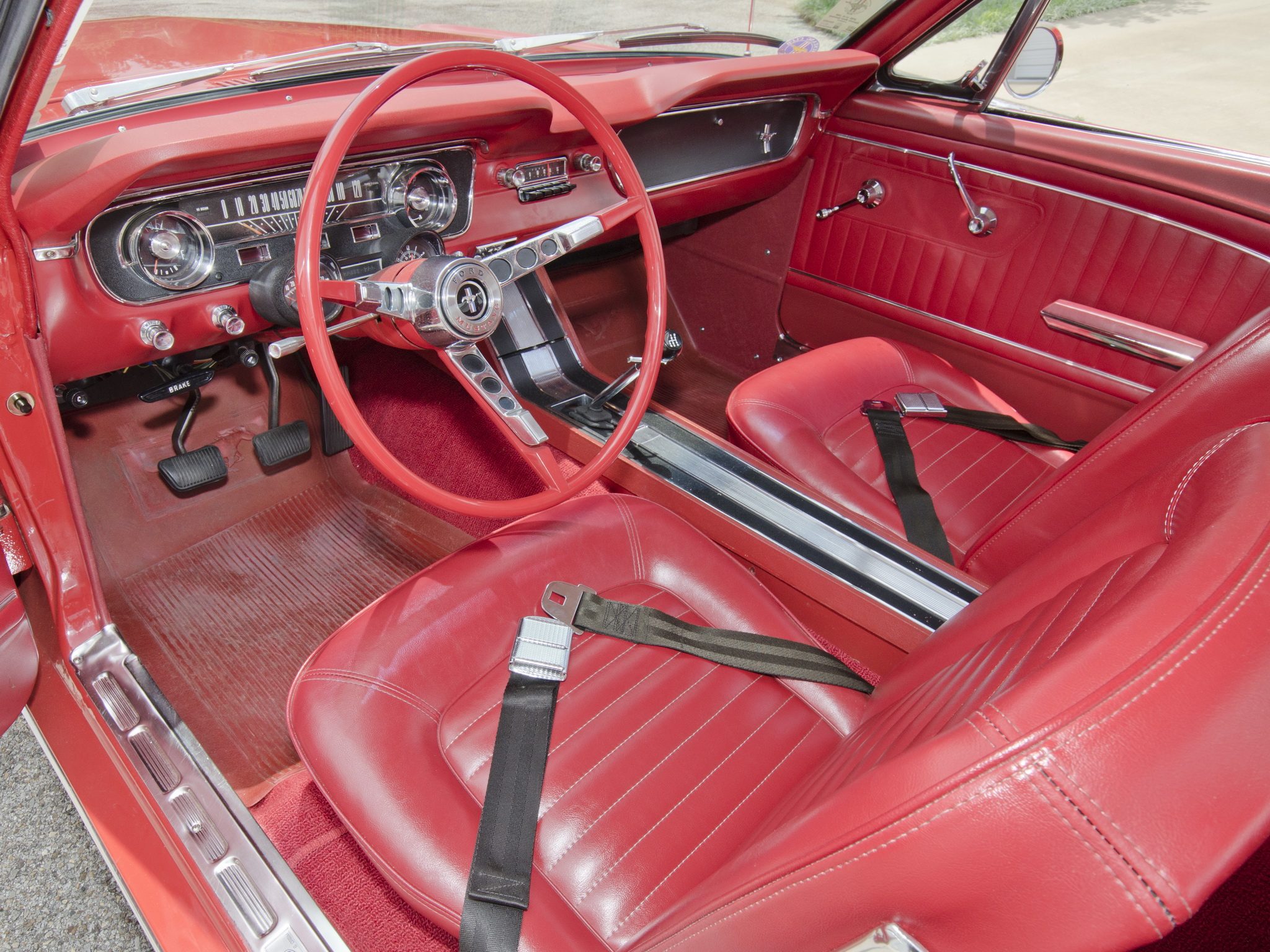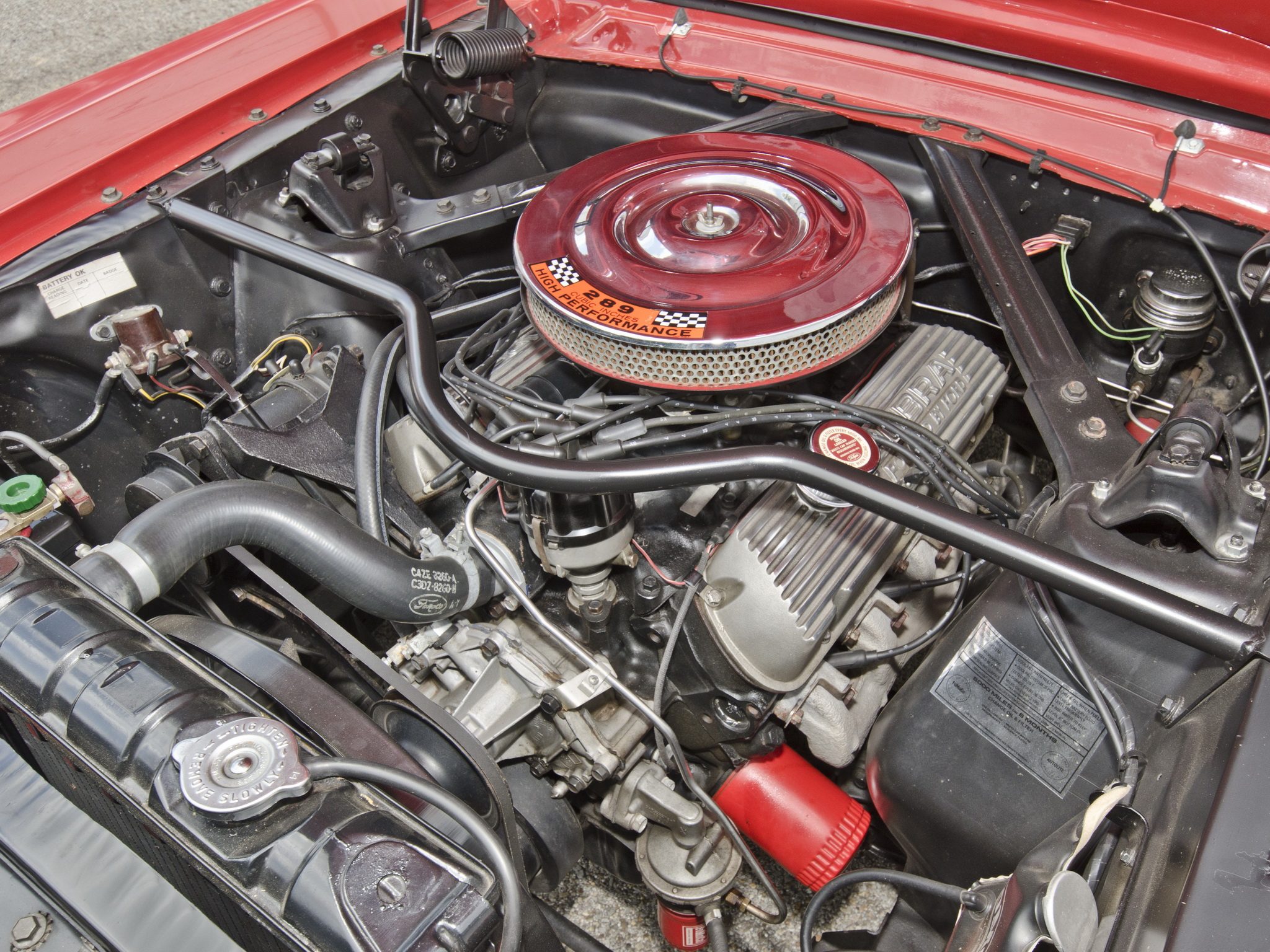- 1,115

- Rivera
- Tsukishima-TDUDT


A collectable American classic, the original Ford Mustang was responsible for kick-starting the ‘pony car’ movement in the Sixties. With sporty good looks and an affordable price tag, the first-generation Mustang was a hit from day one. Small in stature when compared to most American cars of the time, the Mustang had a ready-to-go stance and attractive proportions. With its small-block V-8 burbling through a throaty exhaust, this thoroughbred still turns heads wherever it goes.
It all started in 1960 when Lee Iacocca was appointed Ford Division General Manager at age 35. He set out to give Ford a more sportive image, starting with re-entering NASCAR, and creating the Futura Sprint by adding a V8 to the Falcon line-up. This big project was a relatively affordable sports-car, at nearly half the price of the Corvette. The first exposure of this new two-seater came in the form of the Mustang I concept first shown at the 1962 US Grand Prix.
Equipped with a mid-mounted V4 engine and all-round independent suspension, the Mustang I was a revolutionary vehicle for Ford, however it proved to be too much of an exotic to fit Iacocca's new product vision. In 1963 the Mustang II concept was introduced, again at the US Grand Prix. To maintain a manageable price, many Falcon parts and a more conventional front engine, live axle were incorporated.
On April 17, 1964, the production version of the Mustang was introduced. Many of the Mustang II concept's styling cues found their way on the production car, most notably the triple row rear taillights. A six cylinder and two eight cylinder engines were available at the launch, which could be combined with various equipment packages. Hardtop, convertible and fastback were the three available body-types.
Specs:





